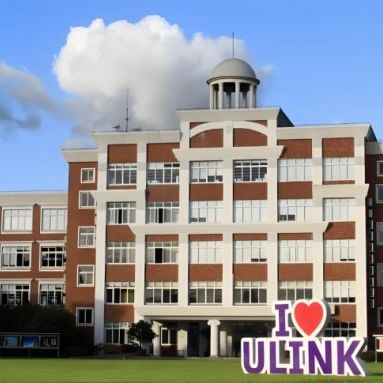话题分类
保护老建筑物
大作文题目
Old buildings and monuments that have historical importance in cities and countryside should always be preserved. To what extent do you agree or disagree?
题目解读
本题是非常经典的有关城市基建与文化历史的议论文。题目给出的讨论观点是应该总是保护在城市和农村具有历史意义的老建筑和纪念碑。范文支持该观点,发展固然重要,保护老建筑和纪念碑也会有维修成本,但他们的价值绝不应被低估。我们应将这些遗产建筑整合到当前的城市规划中,而不是为了现代发展而拆除它们,可以丰富社区,并确保历史仍然是我们日常环境的一部分。
参考范文
The preservation of old buildings and monuments in cities and countryside is a topic that elicits diverse opinions. I strongly agree that they should be preserved in both urban and rural areas due to their historical significance. While development is essential, the value of heritage structures should never be underestimated.
Firstly, old buildings and monuments serve as tangible links to our past. They tell stories of previous generations, historical events, and societal evolution. Preserving such structures allows future generations to connect with their roots and gain a deeper understanding of their cultural identity. For instance, castles, temples, and colonial houses in both cities and villages are physical reminders of unique traditions and histories.
Secondly, these buildings and monuments often possess architectural styles and construction techniques that are no longer used today. Preserving them maintains the diversity and richness of the built environment. Cities like Rome or Beijing, which have successfully integrated ancient buildings into modern infrastructure, offer vibrant cultural landscapes that attract tourism and economic growth.
However, some argue that maintaining old structures is costly and can hinder modern development. While this concern is valid, innovative approaches such as adaptive reuse—where old buildings are repurposed for new functions—can strike a balance between preservation and progress. For example, old warehouses transformed into museums or cafes maintain historical value while serving contemporary needs.
In conclusion, I firmly believe that old buildings and monuments should be preserved in both cities and the countryside. Their cultural and architectural worth far outweighs the challenges associated with their maintenance. Rather than demolishing them for modern development, integrating these structures into current urban planning can enrich communities and ensure that history remains a living part of our everyday environment.
重点词汇/语料
a topic that elicits diverse opinions
引起不同意见的话题
historical significance
历史意义
While development is essential, the value of heritage structures should never be underestimated.
发展固然重要,但绝不能低估遗产建筑的价值。
serve as tangible links to our past
作为我们过去的有形联系
tell stories of previous generations, historical events, and societal evolution
讲述前人的故事,历史事件和社会演变
connect with their roots and gain a deeper understanding of their cultural identity
与他们的根源联系起来,对他们的文化身份有更深的了解
castles, temples, and colonial houses
城堡、寺庙和殖民时期的房屋
physical reminders of unique traditions and histories
独特的传统和历史的物理提醒
architectural styles and construction techniques
建筑风格和施工技术
maintain the diversity and richness of the built environment
保持建筑环境的多样性和丰富性
have successfully integrated ancient buildings into modern infrastructure 是否成功地将古建筑融入现代基础设施
vibrant cultural landscapes that attract tourism and economic growth 充满活力的文化景观吸引着旅游业和经济增长
costly
昂贵的,值钱的
hinder modern development
阻碍现代发展
While this concern is valid, innovative approaches such as adaptive reuse can strike a balance between preservation and progress.
虽然这种关注是有效的,但是诸如适应性重用之类的创新方法可以在保存和进步之间取得平衡。
Old buildings are repurposed for new functions.
旧建筑被改造成新的用途。
Old warehouses transformed into museums or cafes maintain historical value while serving contemporary needs.
将旧仓库改造成博物馆或咖啡馆,既保留了历史价值,又满足了当代需求。
cultural and architectural worth
文化与建筑价值
the challenges associated with their maintenance
与维护相关的挑战
demolish them for modern development
为了现代发展而拆除它们
integrate these structures into current urban planning
将这些结构整合到当前的城市规划中
enrich communities
丰富社区
History remains a living part of our everyday environment.
历史仍然是我们日常生活环境中活生生的一部分。













